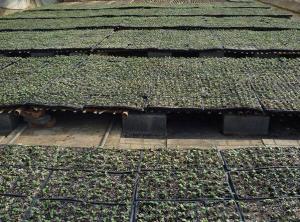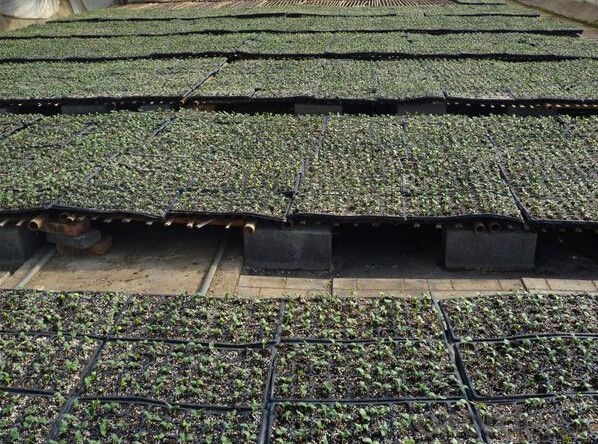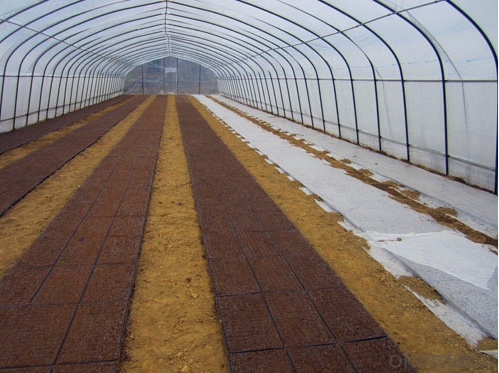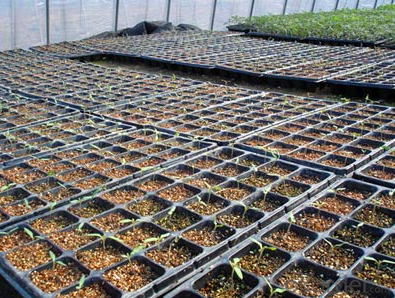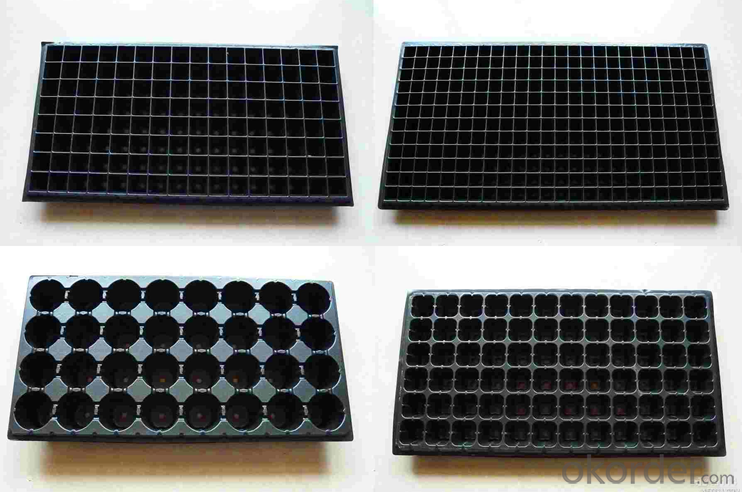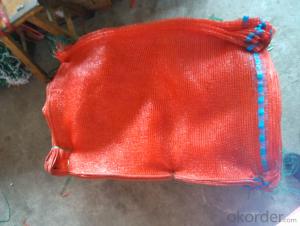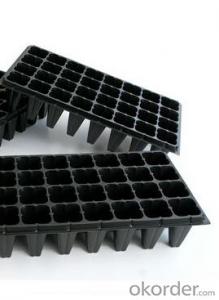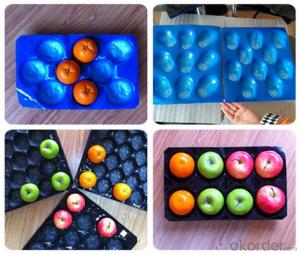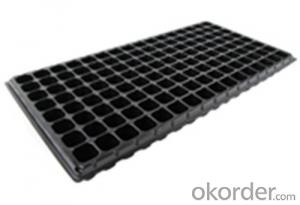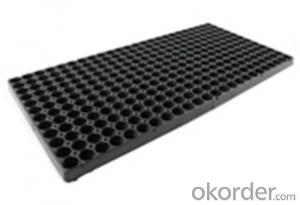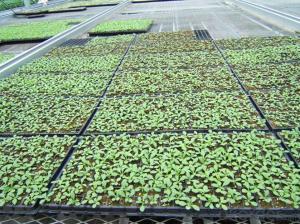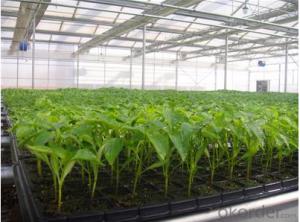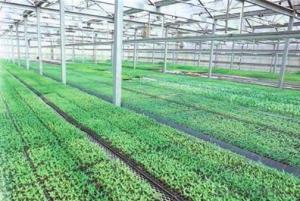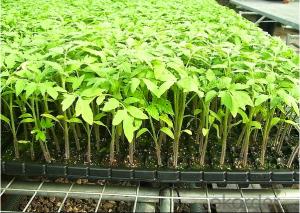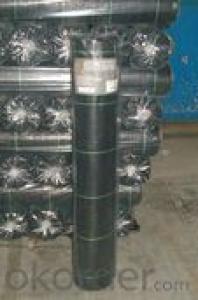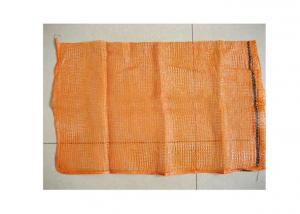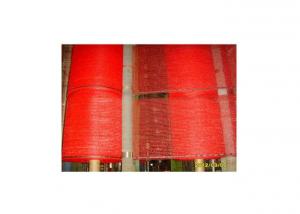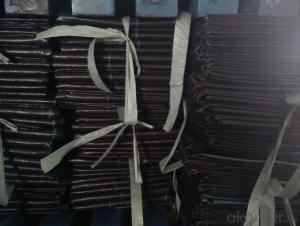Greenhouse Plug Trays (Growing and Seedling) HIPS Made Plastic Plug Tray
- Loading Port:
- China main port
- Payment Terms:
- TT OR LC
- Min Order Qty:
- 3000 pc
- Supply Capability:
- 500000 pc/month
OKorder Service Pledge
OKorder Financial Service
You Might Also Like
Brief Introduction to CNBM:
CNBM International Corporation (CNBM International) is the most important trading platform of CNBM Group Corporation, a state-owned company under the direct supervision of State-owned Assets Supervision and Administration Commission of the State Council.
CNBM International is highly recognized by its business partners and clients all over the world and has obtained rapid development under the spirit of win-win. We will carry on the mutual beneficial, innovative and revolutionary trading structure as we did before, create value for our employees, share holders and clients and benefit the whole society in our future development.
Features of Greenhouse Plug Trays (Growing and Seedling) HIPS Made Plastic Plug Tray:
· Material: HIPS
· Thickness: 0.5mm-1.5mm, Standard:1mm
· Weight: 80g(±5)g-230g(±5)g, Standard weight:155g(±5)g
· Size: length:490mm-540mm, width:190mm-345mm,depth:25mm-150mm
· Standard:540mmX280mm
· Cell count: 18-512
· Package: In Carton
· Warrenty: 8-10 times
Picture of Greenhouse Plug Trays (Growing and Seedling) HIPS Made Plastic Plug Tray:
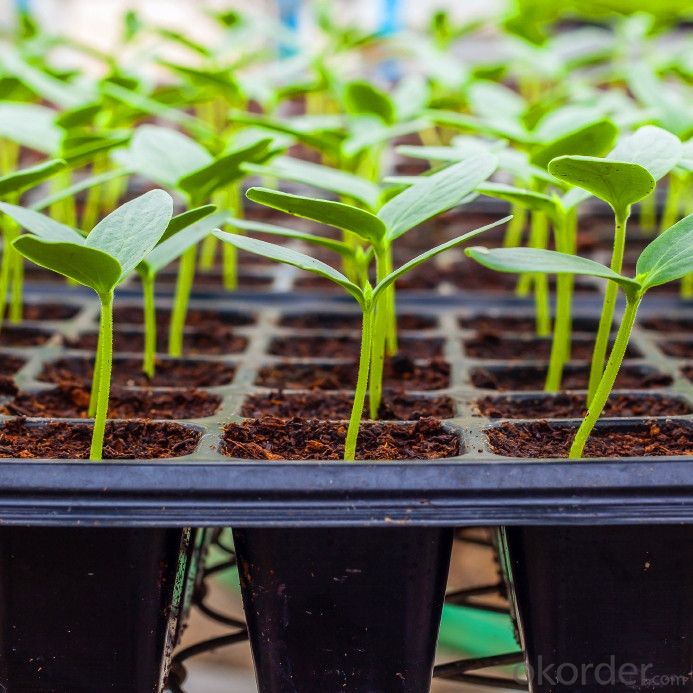
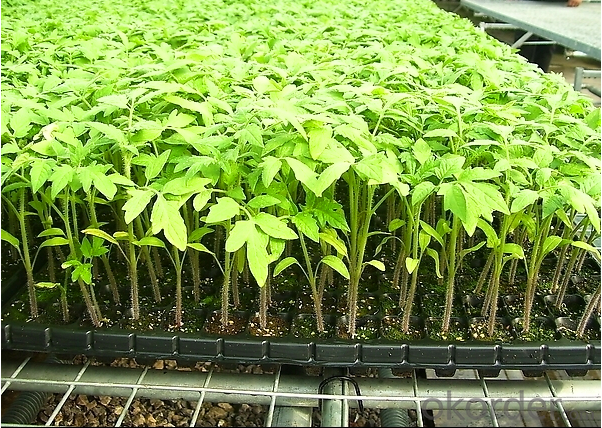
Specification of Greenhouse Plug Trays (Growing and Seedling) HIPS Made Plastic Plug Tray:
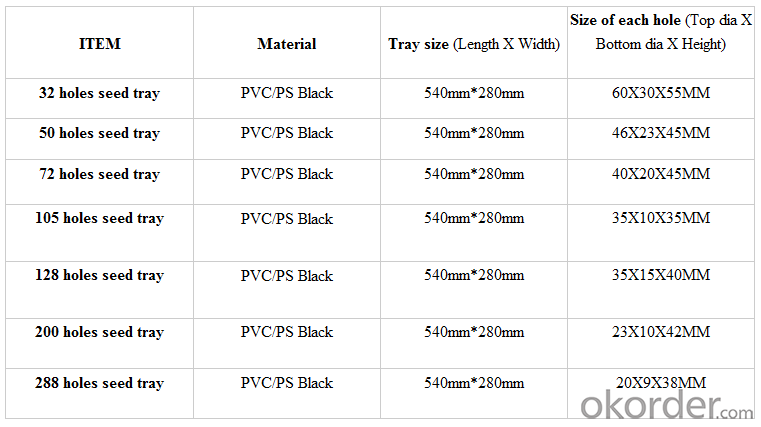
FAQ of Greenhouse Plug Trays (Growing and Seedling) HIPS Made Plastic Plug Tray:
Q:1.How many times can the seed tray be used?
A: Under the same environment, it is decided by the thickness. Usually 0.6mm thickness can be used for 1 or 2 times.
1.0 thickness can be used for 3-4 times. 1.5 thickness can be used for 8-10 times.
Q: 2.How long is the production time?
A: Usually one to two weeks.
Q: 3.How is the seed tray being packaged?
A: They can be packaged in carton or pallets. Carton size is 1375px*725px*1250px.
- Q: What are some ground cover options for regions with high foot traffic or play areas?
- Some ground cover options for regions with high foot traffic or play areas include artificial turf, rubber mulch, gravel, and interlocking pavers. These options provide durability, safety, and low maintenance, making them suitable for areas that experience constant use and heavy activity.
- Q: who has the best fishing plastic baits I want to try different kinds. Ive only mostly used zoom, I was wondering if berkley or mann's or any other brands work good too
- I found a plastic worm this spring that has worked like no plastic that I have ever used before, and I have been using plastics for over 30 years. In my opinion, I say that Berkeley has created the worlds best plastic worm for Bucketmouth Bass with the 'Gulp 7 Turtle Back, Pumpkinseed worm'. These things are nothing short of magic, find them, buy them, you'll love them. I Know the Bass do.
- Q: I have a snail in my 10 gallon fresh water tank and I want to put plastic plants but will he be able to eat that
- Plastic Snails
- Q: What are some ground cover options for a Japanese garden?
- Some ground cover options for a Japanese garden include moss, ferns, mondo grass, creeping thyme, and ajuga. These choices help create a lush and serene atmosphere while maintaining the traditional aesthetic of a Japanese garden.
- Q: the bottles must of low weight and be able to be steralised.we are planning to introduce at holy places like tirumala.as the plastics contributed to the forest by piligrims is increasing day by day.the plastic bottles are to of who standards.
- Plastic bottles usually are numbered on how many times it could be re-used. Look for the number at the bottom. Plastic bottles with lexan are light weight and reusable.
- Q: Can nursery trays be used for starting perennial flower seeds?
- Yes, nursery trays can be used for starting perennial flower seeds. The trays provide a controlled environment for seed germination, allowing for proper moisture retention and temperature regulation. Additionally, the individual cells in the trays help prevent root entanglement and make transplanting easier once the seedlings are ready.
- Q: Can nursery trays be used for herbs?
- Yes, nursery trays can be used for growing herbs. They provide a suitable environment for germinating herb seeds and nurturing young herb plants until they are ready to be transplanted into larger pots or directly into the garden. Nursery trays typically have individual cells or compartments, allowing for easy organization and care of multiple herb varieties.
- Q: What are some ground cover options for a modern rooftop garden?
- Some ground cover options for a modern rooftop garden include sedums, mosses, ornamental grasses, creeping thyme, and creeping jenny.
- Q: What are some ground cover options for areas with poor drainage and compaction?
- Some ground cover options for areas with poor drainage and compaction include creeping thyme, ajuga, creeping Jenny, and sweet woodruff. These plants have shallow root systems and can tolerate moist soil conditions, making them suitable for such areas.
- Q: How do you prevent ground cover from spreading too aggressively?
- One way to prevent ground cover from spreading too aggressively is by regularly trimming or pruning it. This helps to control its growth and keep it in check. Additionally, creating physical barriers such as edging or installing root barriers can help prevent its spread into unwanted areas. Lastly, regular monitoring and removing any new shoots or runners that appear beyond the desired boundaries can help prevent its aggressive spread.
Send your message to us
Greenhouse Plug Trays (Growing and Seedling) HIPS Made Plastic Plug Tray
- Loading Port:
- China main port
- Payment Terms:
- TT OR LC
- Min Order Qty:
- 3000 pc
- Supply Capability:
- 500000 pc/month
OKorder Service Pledge
OKorder Financial Service
Similar products
Hot products
Hot Searches
Related keywords
